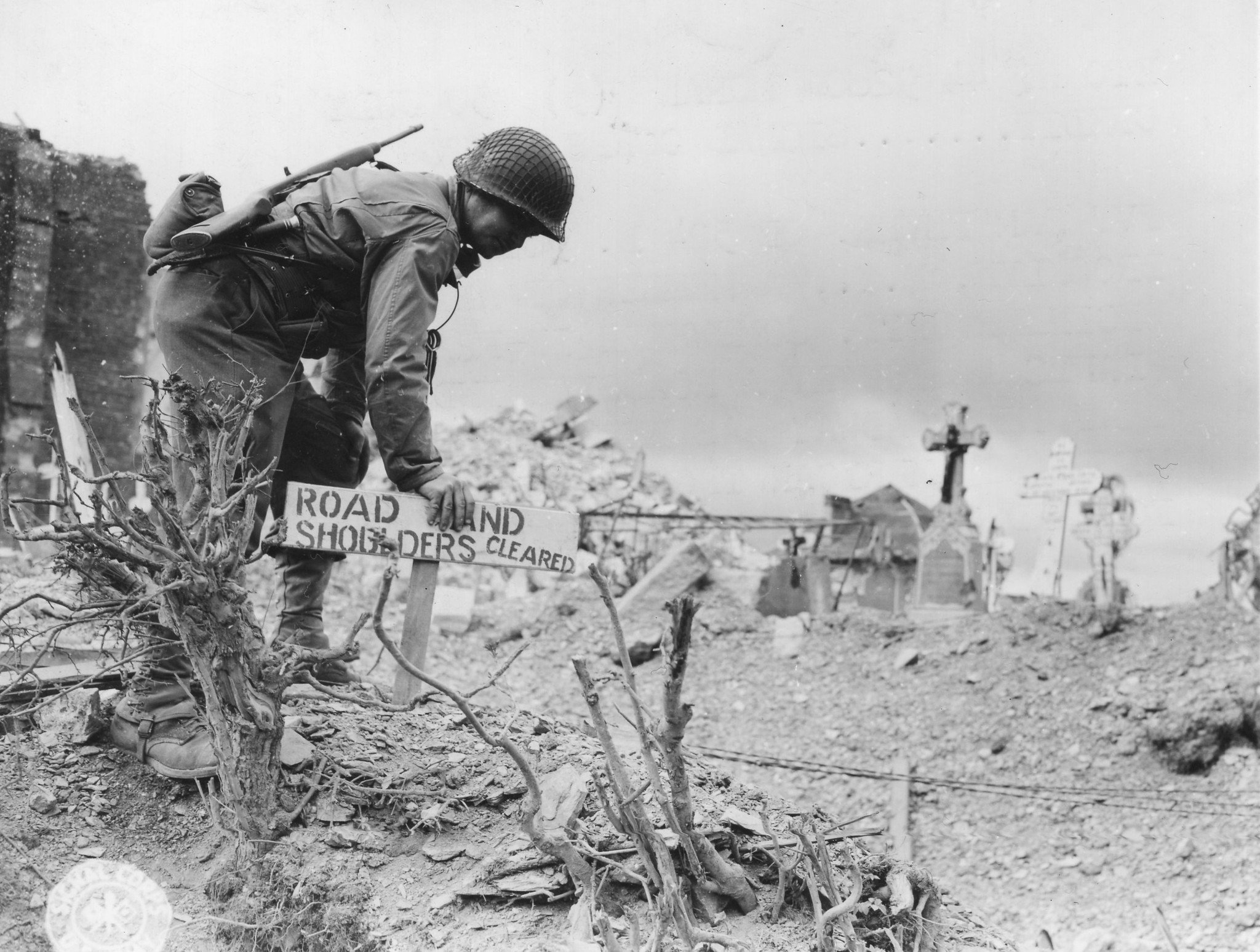
328th Engineers Battalion
The mission of the 328th Engineers was to provide support in negotiating any obstacles that the 103rd might have faced while engaged in operations in Europe. A constant example of this might be to fashion some sort of bridge to help the Infantry and support units cross a river where a bridge had been blown. Engineers were also largely responsible for creating any temporary or permanent structures that the division might need to support combat operations as they moved throughout Europe.
During combat operations, units were required to submit a report of operations on a monthly basis. These were dubbed "Unit Journals" and have formed an integral part of the unit's history. Under “The War: Document Collection” tab, the 328th Engineers Battalion has a Unit Journal with a sometimes down to the minute description of their time in Europe and in combat. Along with these Unit Journals, each month the 328th Engineers created a comprehensive report which included a narrative of the regimental combat operations, as well as casualty reports, awards, and maps of the regiments operations.
The 328th Engineers Battalion was originally formed in Colorado in 1921. Their battalion insignia once they became a part of the 103rd was a shield that was divided between red and white, meant to symbolize the three home states of the units that formed the 103rd. The scroll on the bottom of the insignia contains the battalion motto “primus et ultimus” which translates from Latin to “first and last”.
The Morning Reports for the 328th Engineer Battalion are available here.
Photo Credit:
Header Photo: Moran, SC 411761- Pvt. Sam Fever, a Member of an Engineer Unit, Somewhere in France, Plants a Sign at a Roadside Indicating that the Roadway has been Cleared of Mines as American Troops Roll Forward in a Great New Offensive, Saint-Jean-des-Baisants. July 30, 1944. Signal Corps Archive via Flickr.
Body Text Photo: “Cactus Caravan” Albert Love Enterprises, Atlanta Georgia, 1944, Special Collections at McCain University Library and Archives, the University of Southern Mississippi.